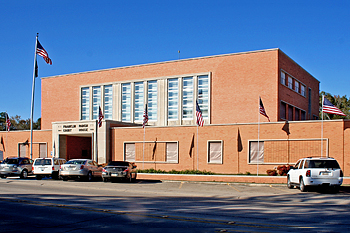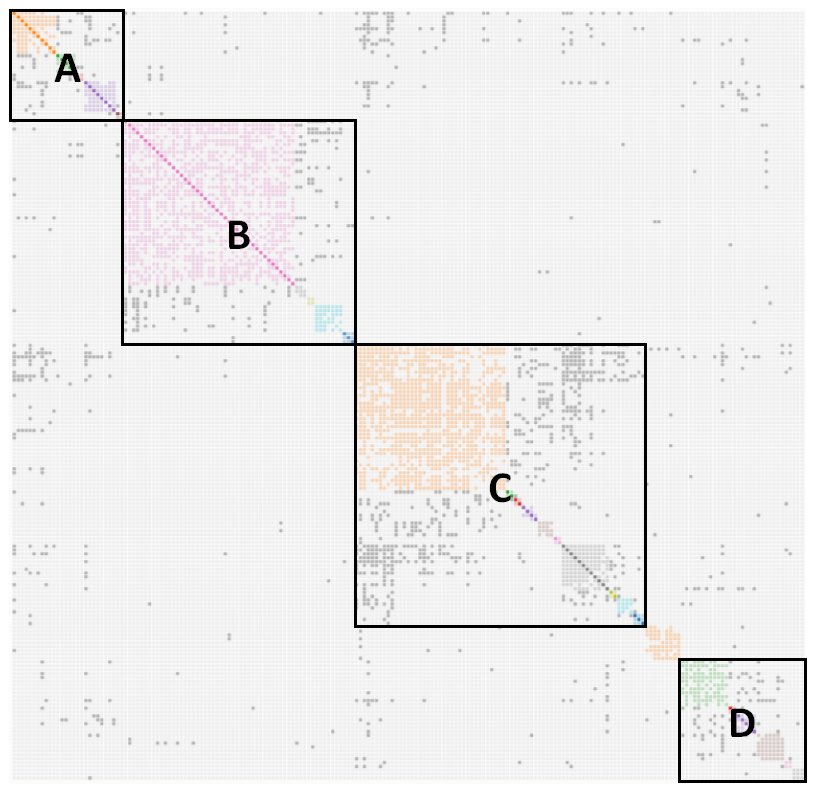
I’m an avid listener of the Research Like a Pro podcast, and I devoured — yes, it’s that good! — Diana Elder and Nicole Dyer’s book of the same title last year. I’ve used the Research Like a Pro (RLP) methodology in two projects and really benefited from its organized approach. So I’ve decided to use RLP as a blogging framework in 2020 as I tackle some tough research questions.
My first research subject for this series is my 2nd great-grandmother, Mary Smart McMurry. Mary is the paternal grandmother of my grandmother Ethel McMurry Horne. For years I only knew her as Mary McMurry based on statistical information provided by her sons on their marriage records. I learned her maiden name was Smart in 2015 when Ancestry released its U.S., Social Security Applications and Claims Index, 1936-2007 database. Just one of Mary’s sons lived to an age where he applied to Social Security, resulting in the only direct evidence of Mary’s maiden name.
Mary joins three other mysterious Smart females in my family tree: Georgia, Amarentha “Alma” Rebecca, and Leah. All lived in or around Winn Parish, Louisiana, in the 1880s, but their relationship to one another or to a family of origin is unproven. Since I’ve wrestled with this mystery for several years, I’ve collected many clues about Mary’s family — but are they enough to prove a relationship? Formalizing my research with the RLP framework will help me analyze the evidence and present a logical argument. If the argument is sound, I can convince others of Mary’s origins and maybe even satisfy my biggest skeptic: me.
The first step in the RLP process is forming a research objective — basically, finding a research question and restating it as the purpose of the project. Objectives fall into three categories: (1) identifying an individual, (2) proving a relationship, or (3) discovering an action. Objectives should contain key identifiers for the research subject. And, most importantly, objectives should be written down. Elder and Dyer often remind researchers to write their objective at the top of a paper, in the first line of a spreadsheet, or as a sticky note on the computer monitor — anything to keep us focused on the objective and away from “rabbit trails” and “bright shiny objects.”
My question is Who were Mary Smart McMurry’s parents? Therefore, I’ve written the following research objective:
The objective of this research project is to identify the parents of Mary Smart, who married John McMurry probably in 1880 or 1881, in or around Winn Parish, Louisiana, and died sometime after December 1888, likely in Winn Parish.
Next step (and next blog post) is Analyzing Sources. I’m excited to start this project and make progress on pieces of my Smart brick wall.


